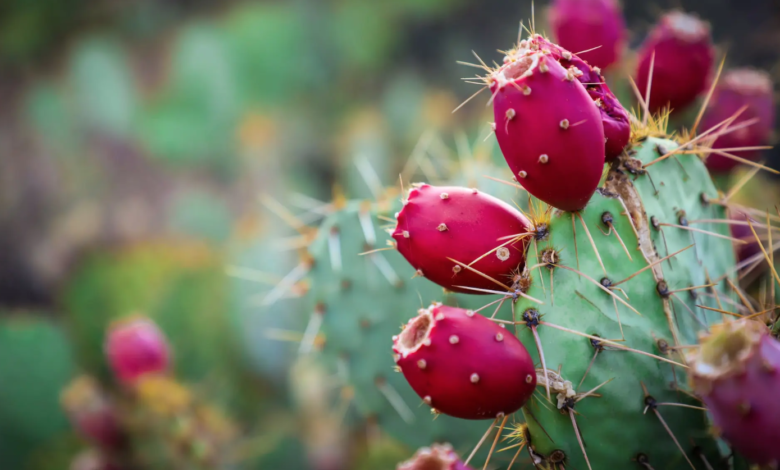Producing hydrogen without platinum, prickly pears teach how

Nanotechnology and bio-inspired design help producing hydrogen green platinum-free
(sustainabilityenvironment.com) – The key to a strong and healthy green hydrogen economy? The creation of efficient, sustainable and economical electrocatalysts. Too bad that currently the devices best at breaking water molecules require platinum as a catalyst, a precious metal characterized by high price volatility and a global supply linked to 70% to South Africa alone. But producing hydrogen green without platinum is possible and the as demonstrated by a group of engineers from the University of Texas at El Paso.
The cheapest nickel-based catalyst material that can equally partition water has been created by scientists. What is the key to success? Being motivated by nature. Nickel is really slower and noticeably less efficient than platinum on its own when it comes to the hydrogen evolution reaction.
read also Natural Enzymes to Produce Green Hydrogen low cost
To improve performance, engineers increased the active catalytic surface. The idea came almost by chance by observing some prickly pear plants. “Every day I passed this same plant,” explains researcher Navid Attarzadeh. “And I started linking it to our catalyst problem. What caught my attention was the size of the leaves and fruits compared to other desert plants: the prickly pear has an extraordinary surface”.
Imitating prickly pear for cheaper electrolysis
Like other cacti, prickly pears have large thorns that grow from tubercles on their stems. But these succulents also have clusters of thin, tiny and pointed spines called glochids, whose special microstructure allows you to easily collect moisture from the air.
Inspired by this natural architecture, the team designed a nickel-based “prickly pear-shaped” 3D catalyst. In detail, the engineers have structured the catalyst surface on a nanoscale in order to make it larger and allow it to host a greater number of electrochemical reactions. And consequently to producing hydrogen without platinum but in equally high quantities.
“We have repeatedly tested the catalyst’s ability to divide water and we have achieved good results,” said Professor Ramana Chintalapalle who led the study. The research results were published in ACS Applied Materials & Interfaces.





